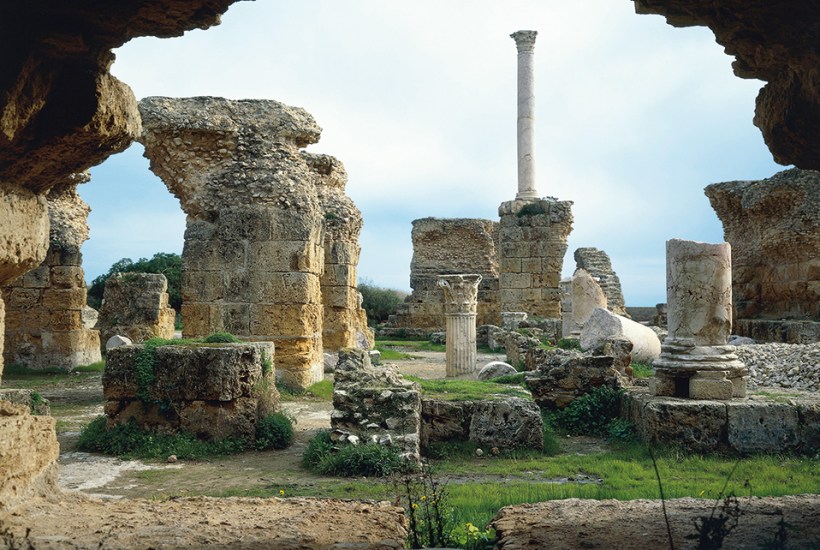It is a curious fact that between the foundation of Tunis by the Arabs in the 7th century and the foundation of Tel Aviv in the early 20th century no major cities were created on the shores of the Mediterranean. Even those cities were not quite new: Tunis, as Katherine Pangonis points out, was partly constructed out of rubble from Roman Carthage, situated nearby; and Tel Aviv originated as a Jewish suburb of Jaffa.
Already a subscriber? Log in
Subscribe for just $2 a week
Try a month of The Spectator Australia absolutely free and without commitment. Not only that but – if you choose to continue – you’ll pay just $2 a week for your first year.
- Unlimited access to spectator.com.au and app
- The weekly edition on the Spectator Australia app
- Spectator podcasts and newsletters
- Full access to spectator.co.uk
Or
Unlock this article
You might disagree with half of it, but you’ll enjoy reading all of it. Try your first month for free, then just $2 a week for the remainder of your first year.








Comments
Don't miss out
Join the conversation with other Spectator Australia readers. Subscribe to leave a comment.
SUBSCRIBEAlready a subscriber? Log in